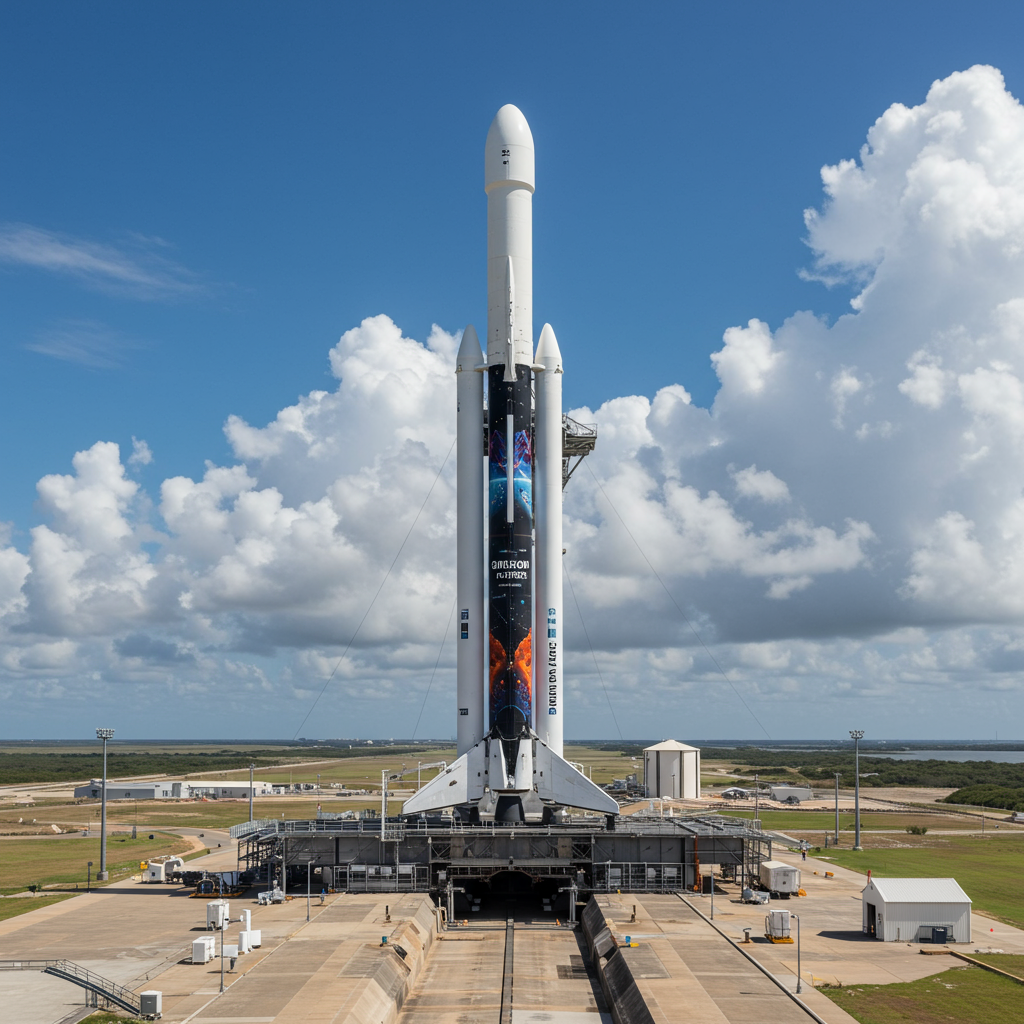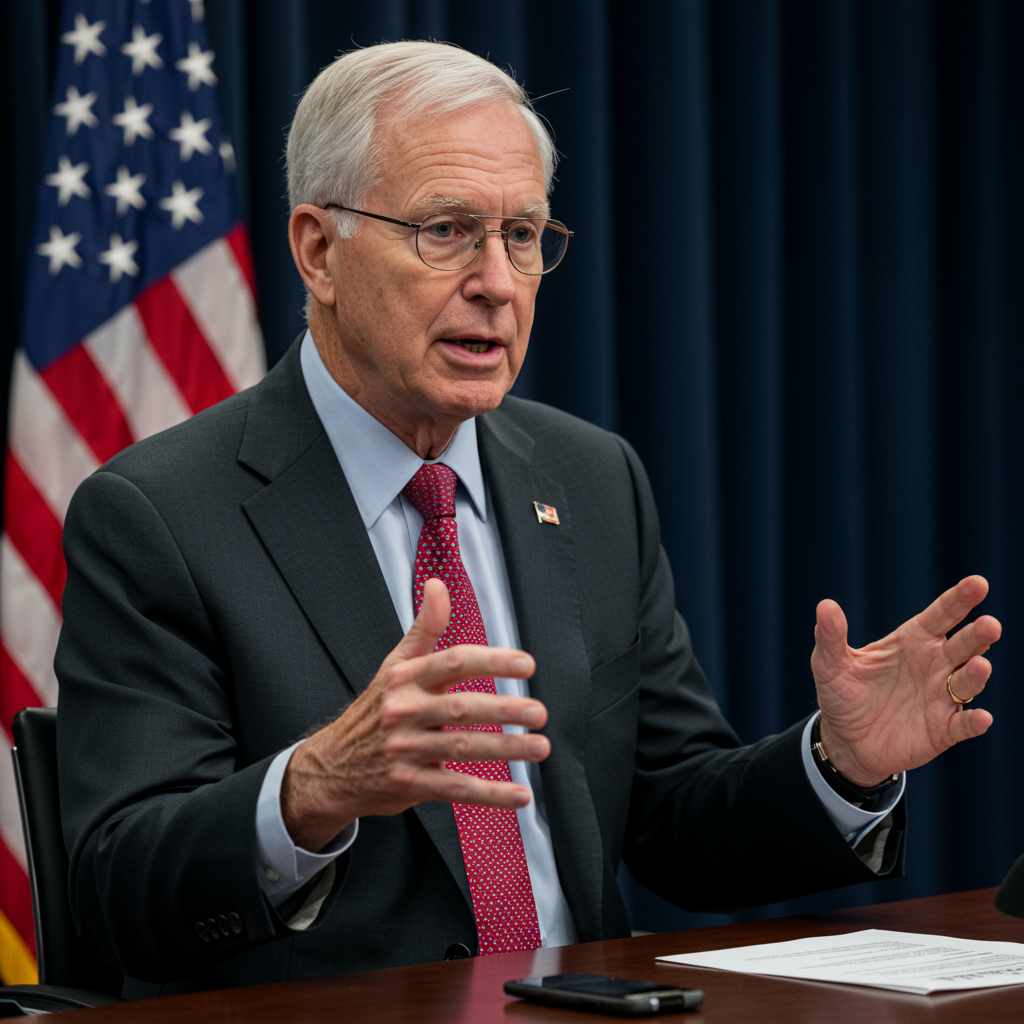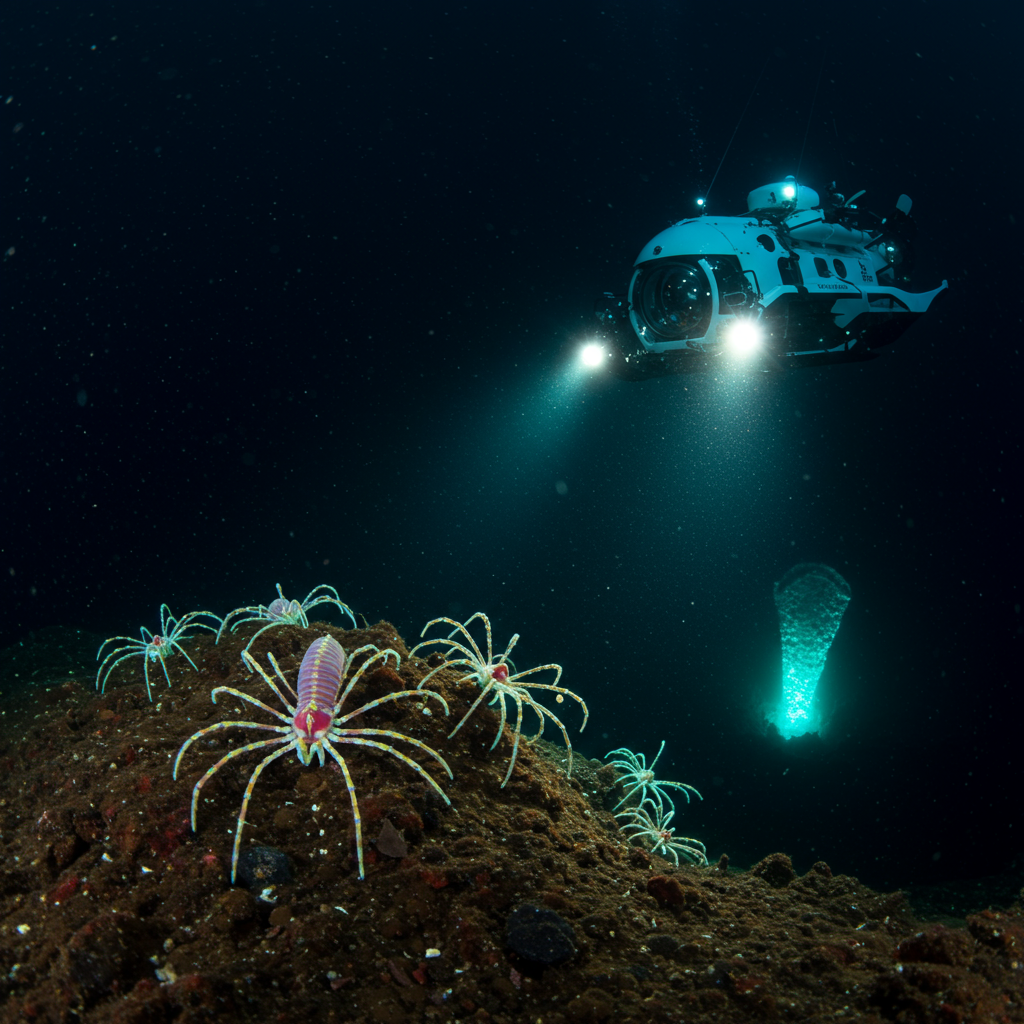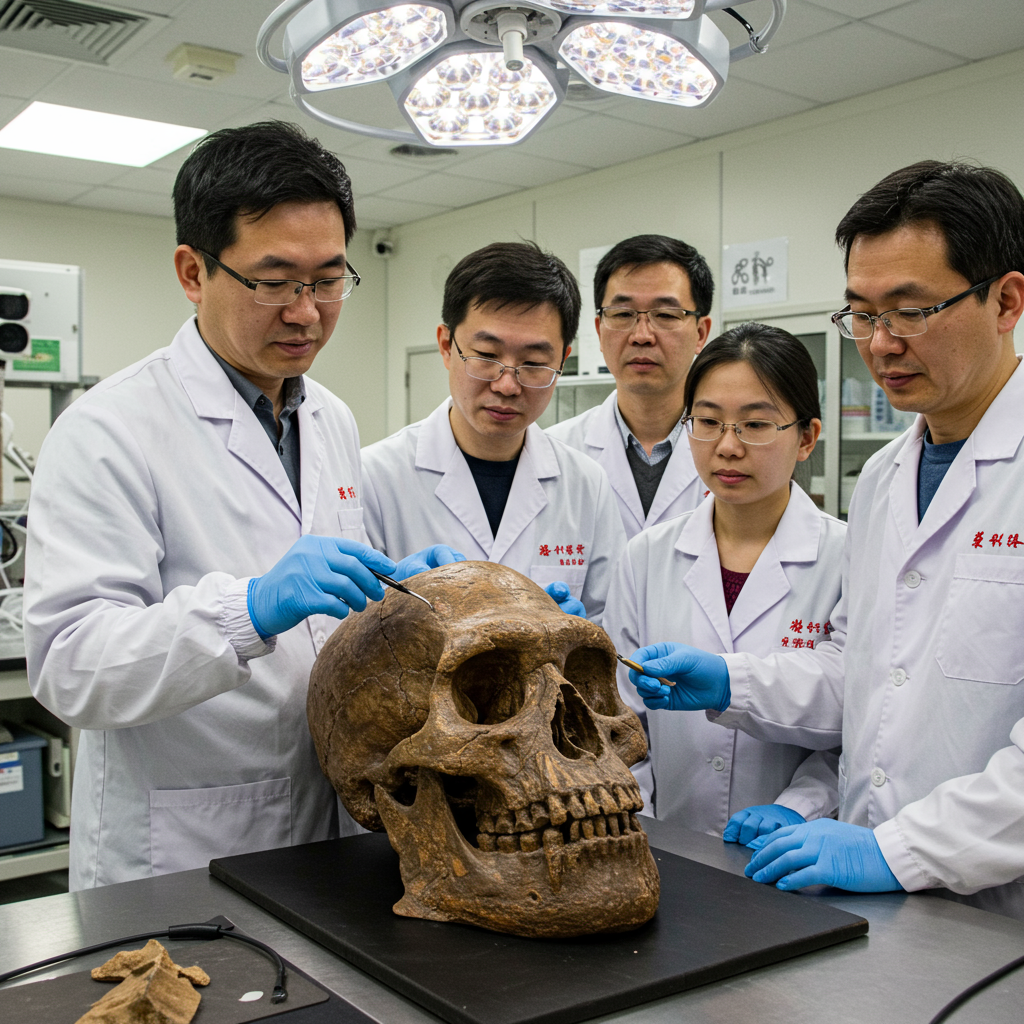The highly anticipated SpaceX Falcon 9 rocket launch, carrying Amazon’s Project Kuiper KF-02 mission, faced an unexpected delay on Thursday, August 7, 2025, from Cape Canaveral, Florida. This crucial mission, aiming to deploy 24 broadband satellites into low-Earth orbit, was officially scrubbed, setting the stage for a re-attempt on Friday, August 8, at 9:40 a.m. EDT. The postponement highlights the intricate dance between cutting-edge technology, meticulous pre-flight checks, and the unpredictable forces of nature in the realm of spaceflight.
The Scrub Explained: Why the Delay?
While the official reason cited by SpaceX officials for the postponement was “additional vehicle checkouts,” the day’s unfolding events painted a more complex picture. Leading up to the decision, the countdown clock on SpaceX’s website briefly froze, and reports of thunder near the launch site emerged from reporters on the ground. Weather conditions had been a persistent concern throughout the morning.
Initially, the Space Force’s 45th Weather Squadron had given an 80% chance of favorable launch weather for the planned 10:17 a.m. liftoff, despite identifying cumulus clouds as a primary concern. However, early morning brought a Phase II lightning warning to Launch Complex 40 (LC-40), indicating lightning was imminent or occurring within five miles, halting all lightning-sensitive operations. Although this was later downgraded to a less severe Phase I lightning watch, forecasting lightning within five nautical miles within 30 minutes, the atmospheric instability underscored the challenges faced by launch teams. Ultimately, the comprehensive vehicle diagnostics took precedence, ensuring the utmost safety and mission integrity before liftoff.
Project Kuiper’s Grand Vision
This KF-02 mission represents a pivotal moment in Amazon’s ambitious Project Kuiper. This initiative directly challenges Elon Musk’s Starlink, aiming to establish a vast global satellite network providing high-speed, reliable internet to customers worldwide, particularly in underserved communities.
Amazon’s Ambitious Constellation
Project Kuiper’s ultimate goal is to deploy over 3,200 broadband satellites into low-Earth orbit. This particular launch was set to boost the constellation’s size significantly. With 78 Kuiper satellites already operational in orbit, a successful KF-02 mission would increase that number to 102, marking substantial progress in Amazon’s journey to achieve global coverage. The satellites, once deployed, will orbit approximately 289 miles above Earth’s surface. Amazon’s commitment is evident in their recently built 100,000-square-foot payload processing facility at NASA’s Kennedy Space Center, designed to streamline satellite preparation from factory to launch pad.
Multi-Provider Launch Strategy
A key aspect of Amazon’s strategy for Project Kuiper is its diversified approach to launch services. Recognizing the sheer scale of their constellation and the need for consistent launch capacity, Amazon has secured contracts with multiple providers. They have “secured more than 80 launches” across Arianespace, Blue Origin, United Launch Alliance (ULA), and SpaceX. This strategic diversification mitigates risks associated with single-provider reliance and ensures access to a broad range of rockets, including ULA’s Atlas V and Vulcan, Blue Origin’s New Glenn, and Arianespace’s Ariane 6, alongside SpaceX’s Falcon 9. This comprehensive strategy underscores the intense competition and collaborative spirit defining the modern space industry.
Falcon 9’s Role and Booster Reusability
The Falcon 9 rocket, a workhorse in SpaceX’s fleet, was assigned the brand new B1091 first-stage booster for this mission. After propelling the Kuiper satellites skyward along a northeasterly trajectory, the booster was slated to attempt a precision landing aboard SpaceX’s autonomous drone ship, “A Shortfall of Gravitas,” stationed out at sea. A successful landing would mark another significant milestone in SpaceX’s impressive record of booster recoveries.
Intriguingly, SpaceX has announced plans for B1091 to be utilized a “handful of times” as a Falcon 9 booster before being reconfigured to serve as a center booster for a Falcon Heavy rocket. This innovative strategy allows SpaceX to gain flight experience on the booster, reducing risk for its eventual Falcon Heavy role while maximizing its utility. This highlights SpaceX’s relentless pursuit of reusability and efficiency across its launch vehicle family. No sonic booms were anticipated over Brevard County following the booster’s return, a welcome detail for local residents.
Weather’s Unpredictable Impact
Weather conditions are a constant variable in space launch operations, and the KF-02 mission was no exception. The 45th Weather Squadron’s detailed forecast highlighted a weakening ridge and a quasi-stationary boundary over the Florida Peninsula, enhancing moisture and instability. This combination supported the earlier formation of cumulus clouds and anticipated isolated to scattered showers. The initial 80% “go for launch” probability for Thursday dropped to 60% for Friday, with forecasts predicting increasing deep-layer moisture and rain chances due to a shift to south-easterly winds and an upper-level disturbance. Such precise meteorological analysis is critical, as even seemingly minor weather phenomena can trigger safety protocols and necessitate a scrub.
Witnessing History: Viewing the Launch
Space launches from Florida’s Space Coast are significant public events, attracting spectators from across the globe. Despite the scrub, many had gathered in anticipation, some even paying an additional $99 for premium viewing from the newly renovated Gantry at LC-39, a mere 3.4 miles from the launch pad. Brevard County Emergency Management officials had activated their launch operations support team, underscoring the community-wide involvement in these events.
Daytime launches, like the one planned for KF-02, offer unique visibility. Depending on cloud cover, the rocket’s ascent can be seen far beyond the immediate Space Coast, from Jacksonville Beach in the north to Fort Pierce in the south. For local residents, virtually any spot in Brevard County offers a view, with coastal areas providing exceptional vantage points, especially for booster returns. Those unable to attend in person often follow live online coverage, complete with real-time updates and countdown clocks.
The Broader Space Launch Landscape
The attempted KF-02 launch would have been the 67th orbital rocket launch from Florida’s Space Coast in 2025. This figure underscores the rapidly accelerating pace of space operations from Cape Canaveral Space Force Station and NASA’s Kennedy Space Center. For historical context, the Space Coast recorded 57 liftoffs in 2022, 72 in 2023, and set a new annual record of 93 launches in 2024.
This increased cadence reflects the burgeoning demand for satellite deployment, driven by projects like Amazon Kuiper and SpaceX Starlink. Other major players are also ramping up: ULA aims for two missions per month by late 2025, and Arianespace plans multiple Ariane 6 flights, signaling a vibrant and competitive global space launch market.
Frequently Asked Questions
Why was the SpaceX Amazon Kuiper launch scrubbed on August 7, 2025?
The SpaceX Falcon 9 rocket launch for Amazon’s Project Kuiper KF-02 mission was officially scrubbed to “perform additional vehicle checkouts,” as confirmed by SpaceX officials. However, the decision was preceded by challenging weather conditions, including a Phase II lightning warning, which later downgraded to a Phase I lightning watch, and reports of thunder in the vicinity of Launch Complex 40. These combined factors led to the postponement, prioritizing safety and ensuring the vehicle’s readiness.
Where can I find information about future Amazon Kuiper launches and viewing opportunities?
Information on future Amazon Kuiper launches, including the rescheduled KF-02 mission on August 8, 2025, is typically available through official SpaceX channels, Amazon Project Kuiper’s public statements, and reputable space news outlets covering Cape Canaveral Space Force Station and NASA’s Kennedy Space Center. For public viewing, locations across Brevard County, Florida, especially along the coast, offer good vantage points. Online live coverage is often provided by space news teams, beginning approximately 90 minutes before liftoff.
How does Amazon’s Project Kuiper compare to SpaceX’s Starlink satellite internet?
Amazon’s Project Kuiper and SpaceX’s Starlink are both ambitious initiatives to provide global high-speed, low-latency internet through large constellations of satellites in low-Earth orbit (LEO). Starlink currently has a larger deployed constellation and broader global coverage. However, Project Kuiper is rapidly expanding, with plans for over 3,200 satellites and a diversified launch strategy using multiple providers like SpaceX, ULA, Blue Origin, and Arianespace to accelerate deployment. Both aim to connect unserved and underserved communities, competing for market share in the growing satellite broadband industry.
Looking Ahead
The scrub of the SpaceX Amazon Kuiper KF-02 mission serves as a reminder of the complexities inherent in modern space exploration. While disappointing for spectators and teams alike, such delays are a standard part of the launch process, prioritizing the integrity of the mission and the safety of personnel. All eyes now turn to Friday morning, August 8, 2025, as SpaceX prepares for another attempt to send Amazon’s vital broadband satellites into orbit, pushing the boundaries of global connectivity from Florida’s Space Coast.




